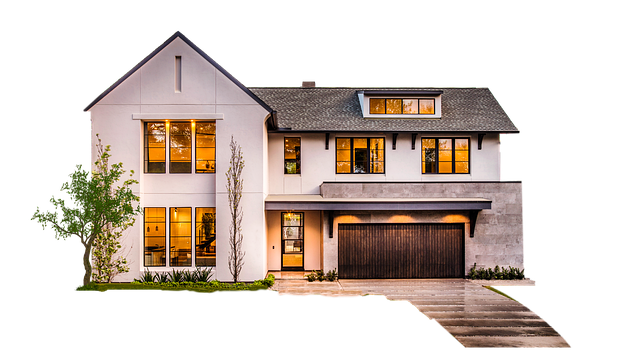Understanding home renovation costs is crucial for successful budgeting. Market trends and location greatly impact expenses, with urban areas generally having higher budgets than suburban or rural locations. The scope of the project, materials, labor, and specialized services also affect costs. Utilizing renovation pricing guides and cost estimators ensures informed decision-making, aligns projects with financial goals, and helps avoid overspending on home renovations and upgrades.
Comparing Costs for Popular Home Renovation Projects: Your Ultimate Guide to Smart Budgeting
Renovating your home is a significant investment, but understanding the costs can make the process less daunting. This article serves as a comprehensive renovation pricing guide, helping you navigate the various factors that influence home renovation costs and offering practical strategies for budgeting successfully. From market trends and permits to design services and labor, we break down essential aspects of remodeling expenses. Learn how to create a realistic renovation budget, explore DIY options, and stay within your financial goals throughout the transformation.
Understanding Home Renovation Costs: Factors that Affect Pricing
Understanding Home Renovation Costs is the first step in successful renovation budget planning. The cost of home improvements can vary greatly depending on several factors, including location, project scope, material choices, and labor rates. Before diving into any project, it’s crucial to create a detailed renovation pricing guide that aligns with your remodeling expenses goals.
A comprehensive renovation cost estimator should account for the entire remodel process, from initial planning and design to final inspections. This breakdown will help homeowners make informed decisions, ensuring their renovation projects remain on budget and deliver the desired results. Effective budgeting involves researching market rates, obtaining multiple quotes from qualified contractors, and setting aside a contingency fund to cover any unforeseen expenses.
– Market trends and location
Market trends and location play a significant role in determining home renovation costs. According to recent reports, national average spending on home improvements hovers around $13,000, but this varies greatly depending on the region. Urban areas tend to have higher renovation budgets due to higher property values and competitive real estate markets, where even minor upgrades can significantly impact a home’s resale value. Conversely, suburban or rural locations may see more modest remodeling expenses, as property values generally reflect lower initial costs.
When planning your renovation budget, it’s essential to consider local market trends and compare prices from reputable contractors using reliable renovation cost estimators. This will give you a clear picture of the expected remodeling expenses for specific projects, ensuring an affordable home renovation that aligns with your financial goals and adds value to your property without breaking the bank.
– Scope of the project
The scope of a home renovation project plays a pivotal role in determining its overall cost. This encompasses various factors such as the type and extent of work, materials used, labor requirements, and any specialized services needed. For instance, a simple kitchen makeover might involve replacing cabinets, countertops, and appliances, while a more comprehensive bathroom remodel could include tearing out old tiles, installing new plumbing fixtures, and potentially moving walls for a better layout.
Planning your renovation budget meticulously requires considering these variables. A renovation pricing guide or cost estimator tools can be invaluable resources, offering insights into the average costs associated with different projects. This proactive approach allows homeowners to set realistic expectations, allocate their budgets accordingly, and ensure that their home upgrade expenses align with their financial capabilities and goals.
– Materials and labor costs
When planning a home renovation project, understanding the cost breakdown is crucial for effective budget planning. The renovation pricing guide varies widely depending on factors like project scope, location, and chosen materials. Materials and labor are two key components that significantly influence the overall price.
Material costs can range from relatively affordable options like paint and flooring to pricier items such as countertops, appliances, or high-end fixtures. Labor expenses cover the cost of professional installation, which is essential for ensuring a quality finish. On average, labor accounts for 20-30% of total renovation home improvement expenses, while materials typically make up the remaining portion. Utilizing renovation cost estimators can help homeowners get a more precise idea of expected costs before starting any project.
When considering a home renovation project, it’s crucial to start with comprehensive research and realistic budgeting. By understanding the various factors that influence costs, such as market trends, project scope, and material choices, homeowners can effectively navigate the renovation process. Utilizing reliable renovation pricing guides and cost estimators ensures informed decisions, allowing for successful renovation budget planning without breaking the bank. Armed with this knowledge, folks can embark on their home upgrade journey, transforming their living spaces into vibrant, affordable sanctuaries.
